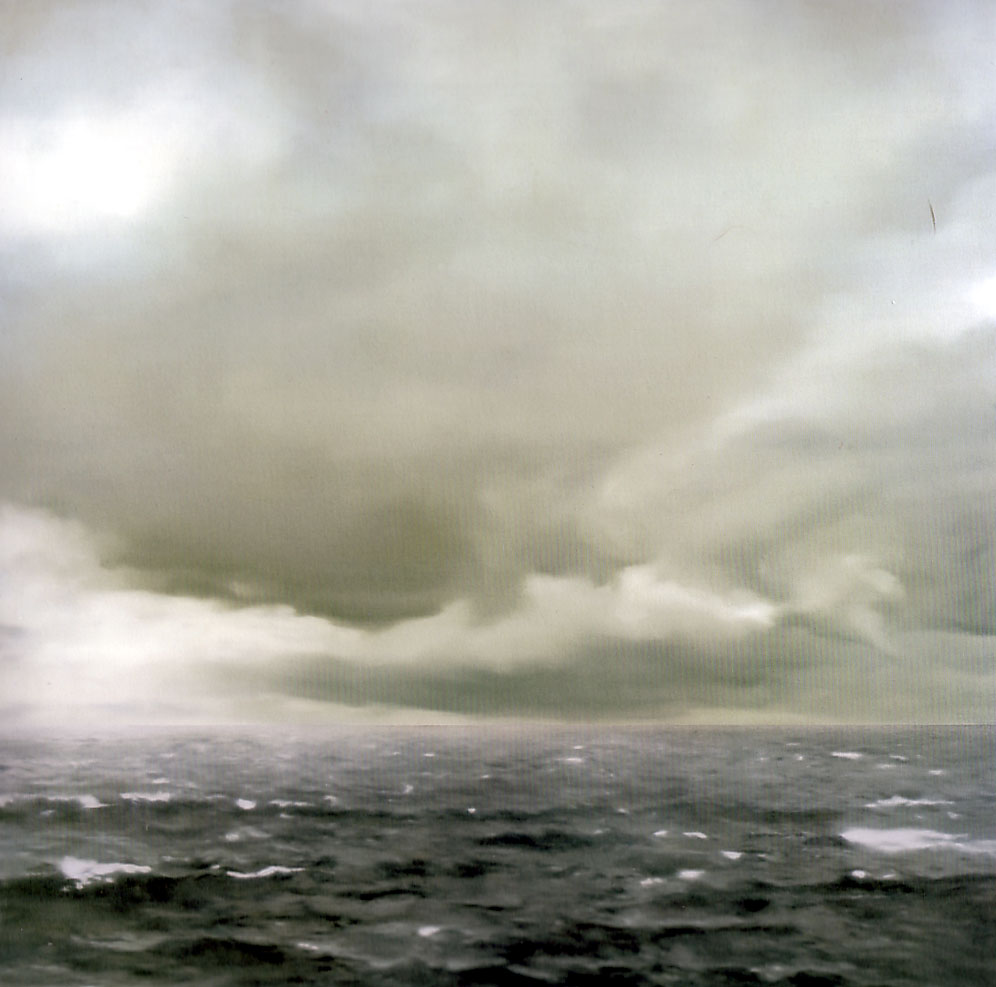Tuesday, November 20, 2012
Gerhard Richter: Panorama
Gerhard Richter (born 1932) is widely regarded as one of the most important artists working today. Spanning nearly five decades, and coinciding with the artist’s 80th birthday, Gerhard Richter: Panorama was a major retrospective that grouped together significant moments of his remarkable career.
Colours
Since the 1960s, Gerhard Richter has immersed himself in a rich and varied exploration of painting. Continually challenging the relevance of the medium, his practice has encompassed a diverse range of techniques and ideas. Gerhard Richter: Panorama highlighted the full extent of the artist’s oeuvre. It included realist paintings based on photographs, colorful gestural abstractions such as the squeegee paintings, portraits, subtle landscapes and history paintings. Richter also works with other media and materials to address the status of painting, for instance over-painting his own photographs or photographing details of his own paintings. Punctuating the exhibition was a series of glass constructions from 1960s, 1970s and 2000s and mirror works that Richter began making in the 1980s.
Gerhard Richter was one of the first German artists to reflect on the history of National Socialism, creating paintings of family members who had been members, as well as victims of, the Nazi party. In the late 1980s, looking back to the history of radical political activity in West Germany in the 1970s, he produced the 15-part work October 18 1977 1988, a sequence of black and white paintings based on images of the Baader Meinhof group. Richter has continued to respond to significant moments in history throughout his career. The final room of the exhibition included September 2005, a painting of the terrorist attacks on the World Trade Centre in New York in 2001.
Gerhard Richter: Panorama at the Tate Modern (October 6, 2011–January 8, 2012), subsequently on view at the Berlin’s Neue Nationalgalerie (February 12–May 13, 2012), followed by the Centre Pompidou (June 6–September 24, 2012) included a rarely-shown painting of the Alps from 1968 as well as a magisterial triptych of Cloud paintings from the early 1970s. The Skull and Candle paintings from the 1980s were shown alongside paintings of icebergs and mountainscapes testifying to Richter’s admiration of German Romantic painting.
A highlight of the exhibition was a range of Richter’s portraits, including intimate images of friends and family. The painted busts of himself and his friend, the artist Blinky Palermo were featured as well as paintings such as
Ema (Nude on a Staircase) 1966 depicting his first wife descending a staircase;
Betty 1988 a portrait of his daughter
and Reader 1994, a painting of his young wife.
Gerhard Richter was born in Dresden in 1932 and after training in the East, moved to West Germany in 1961. He was part of a group of painters working in Düsseldorf, that included Sigmar Polke and Konrad Lueg, who turned to image-based painting having explored the emergence of American Pop art. As well as tackling the relationship of painting to the photographic image, Richter also confronted the situation of painting after Marcel Duchamp and the complex legacies of Modernist abstract art.
Gerhard Richter: Panorama was curated by Nicholas Serota, Director, Tate, and Mark Godfrey, Curator, Tate Modern with Amy Dickson, Assistant Curator, Tate Modern. The exhibition has been organised in collaboration with Neue Nationalgalerie, Berlin, where it will be curated by Udo Kittleman and Dorothee Brill, and the Centre Pompidou, Paris, where it will be curated by Alfred Pacquement and Camille Morineau.
The exhibition was accompanied by a major new catalogue.
Gerhard Richter Drawings and Watercolors, 1957–2008
As a counterpoint to the major traveling retrospective devoted to the remarkable career of Gerhard Richter, initiated by Tate Modern (October 6, 2011–January 8, 2012), subsequently on view at the Berlin’s Neue Nationalgalerie (February 12–May 13, 2012), to be followed by the Centre Pompidou (June 6–September 24, 2012), the Louvre exhibits about a hundred works on paper in the Mollien rooms of the museum’s Department of Prints and Drawings.
Born in 1932 in Dresden, Gerhard Richter studied art at his native city’s Kunstakademie. He fled East Germany in 1961 and took up residence in Düsseldorf, where he continued his studies. Richter is one of the most important painters of the last fifty years, having first represented West Germany at the Venice Biennale in 1972. From his early Elbe monotypes in 1957 (landscapes executed in black ink) and his Halifax series of tiny abstract pencil drawings beginning in 1978 to his November series of ink drawings in 2008, this exhibition at the Louvre explores, for the very first time in France, the full range of Richter’s works on paper.
Through monotypes, works using ink, pencil or watercolors, between accidental spills and drips of colors, gray or black monochrome prints, and the spontaneity of a sharp-edged, scratched or rubbed-out line, this exhibition traces Richter’s very singular approach to drawing. In its principles, this approach represents a perfect antithesis, far removed from the standard run of characteristics attributed to drawings. In fact, Richter has long steered clear of the craft-conscious, personal and aesthetic aspects of work in this area. His critical view of drawing, which he perceived as too artistic, was shared by several European artists in the post-war years, and led to radical reinventions, giving rise to new perspectives on this art form. The exhibition reveals the rich diversity of works on paper, the special place held by drawing, and the threads of continuity in the career of one of the most influential artists of the twentieth century.








